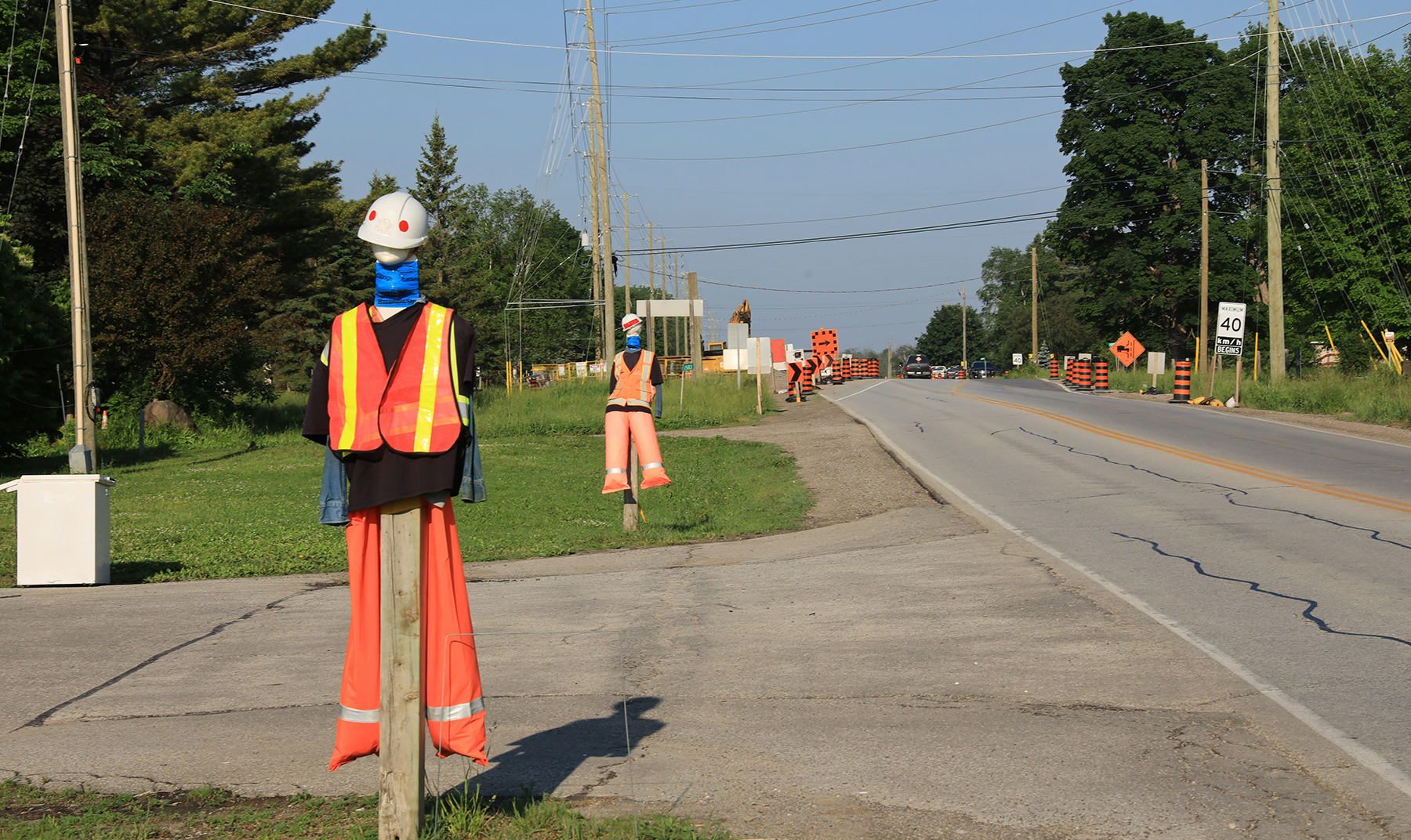 Richard Burlton via Unsplash
Richard Burlton via Unsplash An annual survey of U.S. mayors revealed a surprise trend in a direction that will be of interest to civil engineers.
“Over the past several years, infrastructure has always been a top one or two priority for mayors,” explained Farhad Omeyr, Ph.D., director of research and data for the National League of Cities, which conducts the annual comprehensive survey of leaders of municipalities to gain critical insights into current operations of U.S. cities, towns, and villages. “This year, it fell to No. 4.
Further reading:
- Infrastructure’s upward momentum reflected in report card
- In easy-to-understand manner, author stresses infrastructure’s importance
- Inspire innovative infrastructure at the ASCE 2025 Convention
“This suggests one of two things: Cities are doing much better when it comes to implementing their infrastructure plans, which I don’t see as likely, or these other issues are coming to the top because of changes in the country like tariffs and bond issues.”
As published in NLC’s 12th annual State of the Cities report, survey data and mayoral speeches point to economic development as the top issue for city leaders. The mayors view it as their greatest challenge and opportunity, making it a key priority for their communities, followed by public health/safety and housing.
Mayoral speeches part of the formula
Retired civil engineer Edward McGuire, P.E., F.ASCE, mayor of Dunes City, a small town with a population of about 1,300 on the central Oregon coast, called infrastructure’s drop to fourth “interesting.”
“Typically, public safety and infrastructure are on the top of the list – both driven by budget,” he said. “I’m surprised to see budget is fifth and economic development is tops. In my (town), it’s infrastructure and budget.”
Analysis of mayoral speeches indicated that infrastructure accounted for 12% of all mayoral speech time. And, after diving deeper into survey data, the State of the Cities discovered that local leaders are heavily focused on water systems, including those that manage drinking water, wastewater, and stormwater. McGuire says water is always a top priority, especially for smaller towns.
“Frankly, treated water and wastewater are the difference between a first-world and a third-world nation,” he said. “This is something that is directly related to the health of your community as well as to firefighting protection. So, every mayor, whether they are an engineer or not, needs to ask important questions: Where does the water come from? Where does it go? How much do you use? How do you bear the cost for filtration and treatment?”
Omeyr says water issues are things that many cities struggle with, even in areas that have not been hit by recent flooding.
“These cities don’t have enough budget to deal with these issues, mainly because they involve very old and very expensive assets,” he said.
When asked if perhaps infrastructure was top of mind in previous years because of the 2021 Infrastructure Investment and Jobs Act, Omeyr said it was possible.
“After this law was passed, suddenly the national dialogue changed, and there was greater emphasis on infrastructure. And we saw that in the State of the Cities,” he said. “And it is possible that people were talking about it because there was money to spend and fix these issues. We’ll need a few more years of data to see if the conversation is changing because of a drop in federal infrastructure funding.
“But if it is, it’s not a good sign. Just because there’s no longer money, it’s not like these issues are suddenly fixed. And they are things that greatly impact towns and cities across the country.”
The survey data also revealed mayors are investing in repairs and upgrades to roadways and bridges.
“In 2024, one of the survey questions involved rating the quality of roads in your city. And 38% responded they were acceptable,” said Ivonne Montes Diaz, program manager of research and data analysis for NLC. “(And) a year later, 67% of respondents said that roads and bridges are the infrastructure categories that need the most attention.”
McGuire understands why this is important to citizens. After all, roadways and bridges are integral connections in local communities.
“Pretty much everyone in America is linked to an automobile – they either drive or get a ride with someone,” he said. “Without good roadways, it’s hard to get to and from work, to and from where you need to go. And, frankly, we probably get more community comments and complaints about traffic and roadways, especially roadwork, than anything else.”
Finally, in the shadow of crippling natural disasters across the country, the State of the Cities survey also queried leaders about how they felt they would fare in the event of a natural disaster or emergency that could impact local infrastructure. In 2025, 25% of city leaders said they were “very prepared,” while 54% said they were “somewhat prepared.”
“I read that, and I said 25% of them are very optimistic,” McGuire said. “More and more, we see these kinds of events are a real possibility no matter where you are. We got 100 inches of rain at my house last year, and there were no flooding issues. But we are in a tsunami inundation zone. So, you have to plan as a city – and help individual homeowners and businesses prepare to get out of harm’s way if and when they need to.”
Overlapping priorities
When asked what the group hopes most cities take away from this year’s State of the Cities report, Montes Diaz said she hoped readers would understand how interrelated all city priorities really are.
“If you don’t have good infrastructure, you don’t have good health and safety and have a harder time responding to natural disasters,” she said. “If you don’t have good economic development, you can’t fund good infrastructure. Economic development also brings uncertainty regarding your budget.
“If there is no housing, it’s hard to boost economic development. There is no specific fix to these issues, and certainly, every town is different, so there won’t be one solution for everyone on how to make the right investments. But these things are all interconnected, and it’s important that mayors and local leaders think about all of them.”



